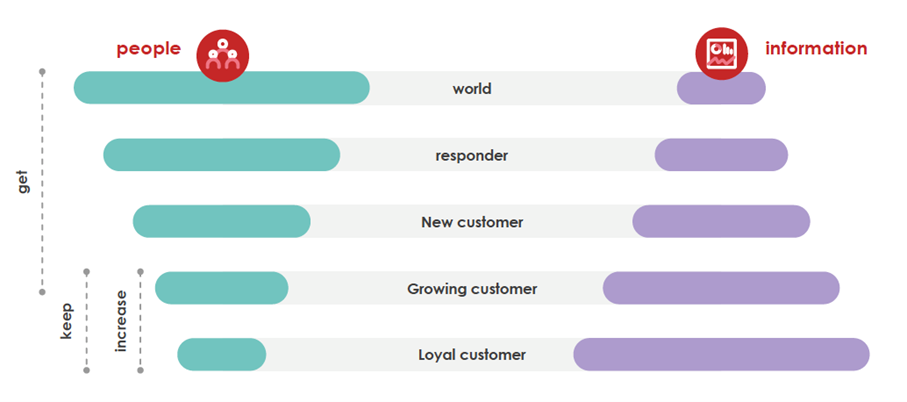
Commercial Performance Optimization (CPO): small data, big business impact
- sales, marketing and service
- data
‘Doing more with less’ – it could very well be the adage of our time. And your commercial organization isn’t exempt: faced with limited resources, your sales, marketing and customer service teams are expected to deliver top-notch customer experiences. Through data-driven insights, Commercial Performance Optimization or CPO helps them focus on what matters, take the right actions, and deliver results fast. Kevin De Beck explains how it works.



/Office_Ghent_2022-(121).webp?mode=autocrop&w=320&h=240&attachmenthistoryguid=3cef01b3-8390-43a9-80dc-3f68a8775c5b&v=&focusX=1600&focusY=1201&c=de441a92311f30fc447560f19aebf8d9a751fc291490526931fa64c66d7f6d6c)